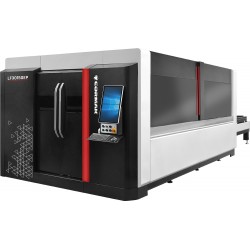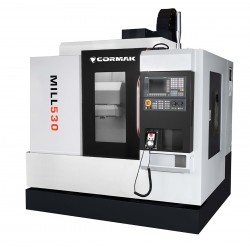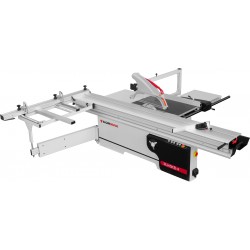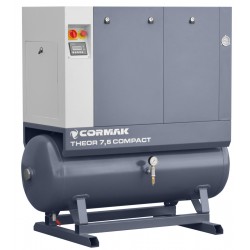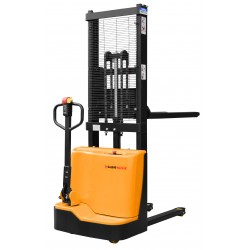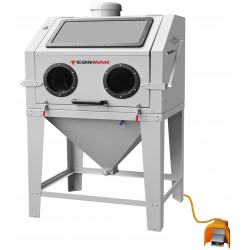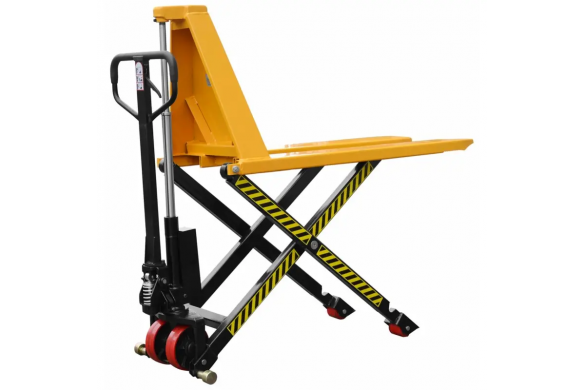Types of welds and weld seams and their designations

Welding is one of the key technologies used in the metallurgical and construction industries. Proper selection of welding techniques and knowledge of types of welds and joints affect the quality and durability of connections. Today, we will present the most important information about different methods of joining metals, their symbols, and their use in engineering practice. If you want to know more – keep reading!
In this article, you will learn:
- Types of welds – basic information
- Types of welding joints and their applications
- Weld symbols and their meaning on technical drawings
- Which welding machines and accessories are worth choosing?
Types of welds – basic information
Welds are divided into several basic types, depending on the arrangement of elements and the method of making the joint. The main types of welds include:
- Butt welds – used to join two elements placed in the same plane. Common in construction and machinery industries, e.g., in industrial machine manufacturing.
- Fillet welds – used for joining elements positioned at an angle, e.g., 90°. Applied in welding steel structures, support frames, and machine enclosures.
- Edge welds – less common, intended for thin metal elements that require edge reinforcement.
The choice of the appropriate weld depends on design requirements and the loads the welded joint will face.
Types of welding joints and their applications
Welding joints are the physical formation of a weld that defines its geometry and strength. Depending on technology and design, different joint types include:
- Butt joint – used with butt welds. Can be made without beveling (for thin sheets) or with beveled edges for improved joint quality.
- Fillet joint – common in angular connections, e.g., in steel structure assembly. Forms a characteristic triangular cross-section.
- Back weld – used to reinforce narrow-space joints, especially in shipbuilding and aerospace industries.
- Lapped joint – formed where one metal element overlaps another, ensuring a large contact area and high strength.
Different types of welding joints can be made using advanced technologies such as laser welders or laser and plasma cutters offered by an industrial machinery manufacturer.
Weld symbols and their meaning on technical drawings
Every engineer and welder should know weld symbols on technical drawings because they precisely define how the joint should be made. Technical documentation includes:
- Weld symbol – specifying its type, e.g., butt, fillet.
- Weld thickness – expressed in millimeters, crucial for connection strength.
- Weld length and quantity – determining their placement in the structure.
- Additional symbols – e.g., welding direction, intermittent or reinforced welds.
Weld symbols ensure high safety and quality standards in the production of machines and metal structures.
Which welding machines and accessories are worth choosing?
To achieve durable and precise welds, appropriate tools are necessary. In professional workshops, the following are used:
- Metalworking machines – essential for preparing elements before welding.
- Laser welders – modern solutions enabling precise welded joints without excessive material heating.
- Laser fume extractors – enhancing work safety by removing fumes and contaminants.
- Welding accessories – such as helmets, electrodes, and holders, improving welding efficiency.
Summary
Understanding different types of welding joints and weld symbols on technical drawings is crucial in the metallurgical and engineering sectors. Properly executed welds require suitable element preparation and the use of modern welding technologies. By choosing high-quality industrial machines, such as laser welders, you can significantly increase work precision and efficiency.

